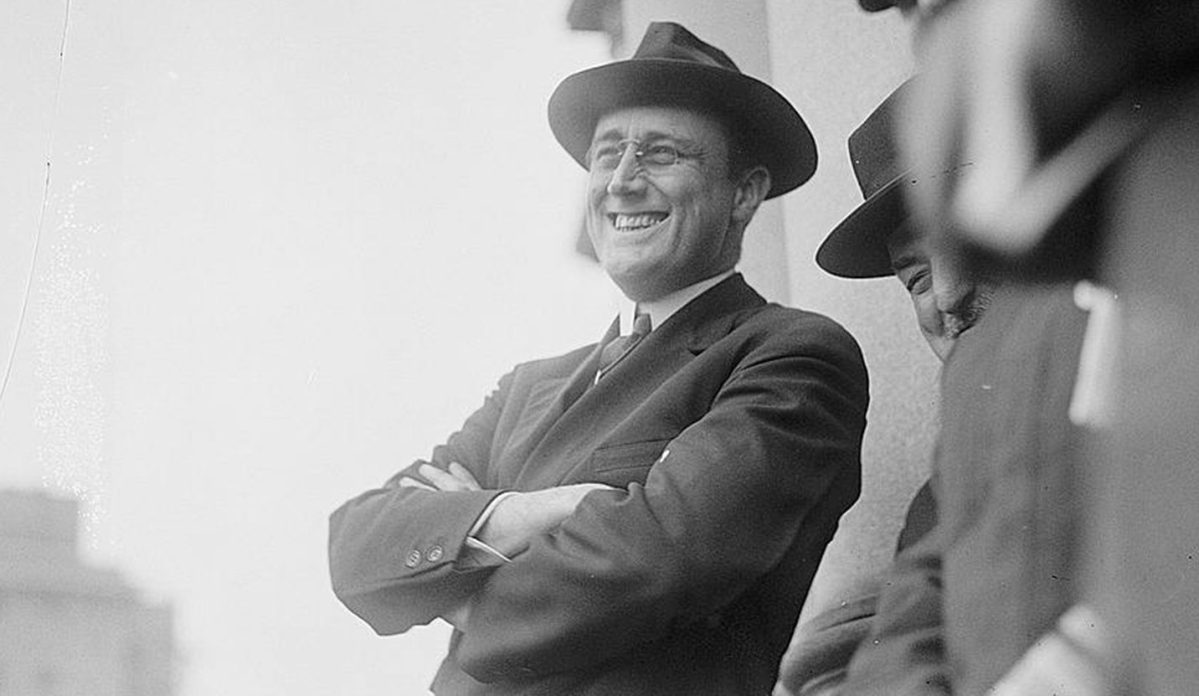Has the death knell of ‘liberal’ finally been tolled? That’s at least what The New York Times‘ Nikil Saval—yes, the oft-accused-of-being-too-liberal New York Times—argues in one of the Times magazine’s latest features.
Liberalism has gone from an ideal, one that stood on the shoulders of postwar policies such as Social Security and the expansions of unions, to an “epithet” of “abuse,” Saval argues. As he notes, “When it comes to diagnosing liberalism, both left and right focus on this same set of debilitating traits: arrogance, hypocrisy, pusillanimity, the insulated superiority of what, in 1969, a New York mayoral candidate called the ‘’limousine liberal.’’ In other words, the features they use to distinguish liberals aren’t policies so much as attitudes.”
Ever since the end of World War II, it’s been in a downward spiral, reaching its first nadir during President Reagan’s administration in the ’80s, and later, during the ’88 presidential election that saw George H.W. Bush come out victorious. Even President Clinton in the ’90s—a noted centrist—and President Obama seemed to avoid the idea of liberalism during their presidencies.
At present, argues Saval, “[Both the right and left have] drawn tremendous energy from opposing this idea of liberalism.” Among Democrats, many now identify themselves as “progressives,” while conservatives claim to be the new arbiters of “free speech.”
This article was featured in the InsideHook newsletter. Sign up now.
























